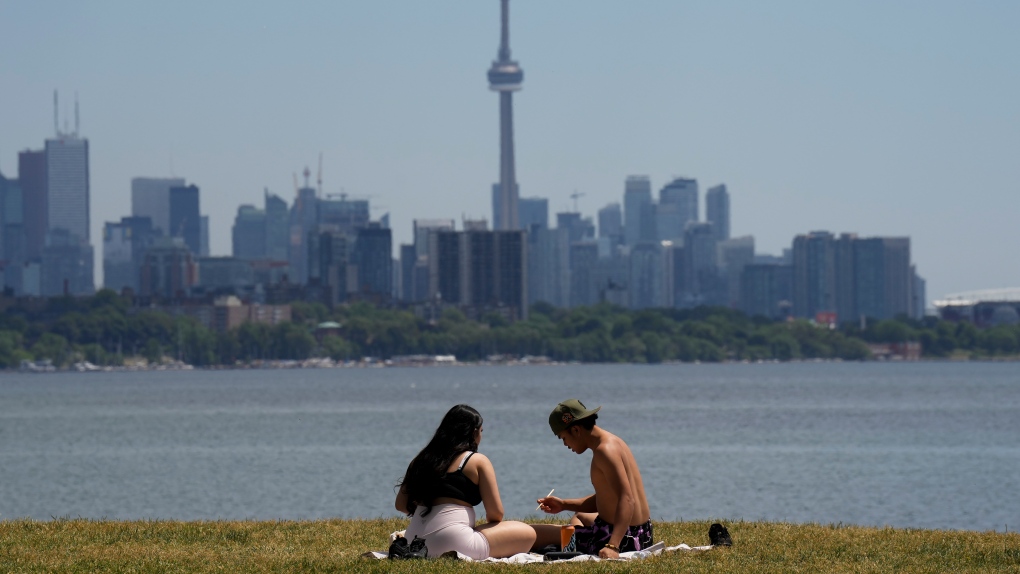
After a record-setting hot summer in 2022, Canada could be in for another scorching season, according to the Farmer’s Almanac’s long-range forecast.
The report says most regions across Canada will experience an «unrelenting» heat, mainly felt at the end of June throughout early September with some temperatures expected to reach over 32 C.
The Prairies may see «broiling» temperatures with above-average precipitation, while Quebec is expected to be scorching and drier than normal temperatures. Ontario is likely to experience more humid and soggy temperatures while B.C. and Atlantic provinces will likely have dry but seasonal temperatures, according to the Almanac. Additionally, the Farmer’s Almanac is expecting rainfall to be above normal in parts of Central Canada including the Prairies, Rockies and the Great Lakes. Meanwhile, parts of Quebec and the Maritimes could experience below-normal precipitation.
While the forecast is preliminary, Environment Canada senior meteorologist David Phillips says it’s in line with Canada’s increasingly hotter temperatures over the last 20 years as the effects of climate change create a new normal for our summer weather.
«We [Canada] are the second coldest country in the world but in recent years, our summers have been warmer, the world has been warmer, there’s summer fever going on in the world,» Phillips said in a phone interview on Tuesday.
Environment Canada will release its own summer forecast at the end of May. Phillips says their preliminary forecast shows a warmer-than-normal summer for the majority of Canada, except for parts of western Nunavut and in some Arctic Islands in the Northwest Territories where temperatures will be cooler than normal.
In 2022, Canada recorded its third-warmest summer, with temperatures reaching 1.6 C above normal, as parts of British Columbia saw temperatures of above 35 C degrees in September. Several wildfires ignited across B.C. and Newfoundland. which experienced one of their worst wildfire seasons in over 60 years.
Phillips says this summer may not be as hot as last year but it’s likely to be above normal as most summers have been for the last two decades. He says over the last 75 summers in Canada, of the top 20 warmest summers, 16 have occurred since the year 2000.
He says Canada’s most recent cooler-than-normal summer was nearly 20 years ago in 2004, when the overall national summer afternoon average temperature reached approximately 15.8 C degrees. While that’s not too far off from Canada’s national average for a summer afternoon –16.3 C degrees — Phillips says it shows the new patterns for warming temperatures in Canada as extreme weather becomes the new norm.
«It’s quite remarkable that we are just on fire,» he said. «Our summers have been really, without question, warmer in recent years and it fits the global pattern.»